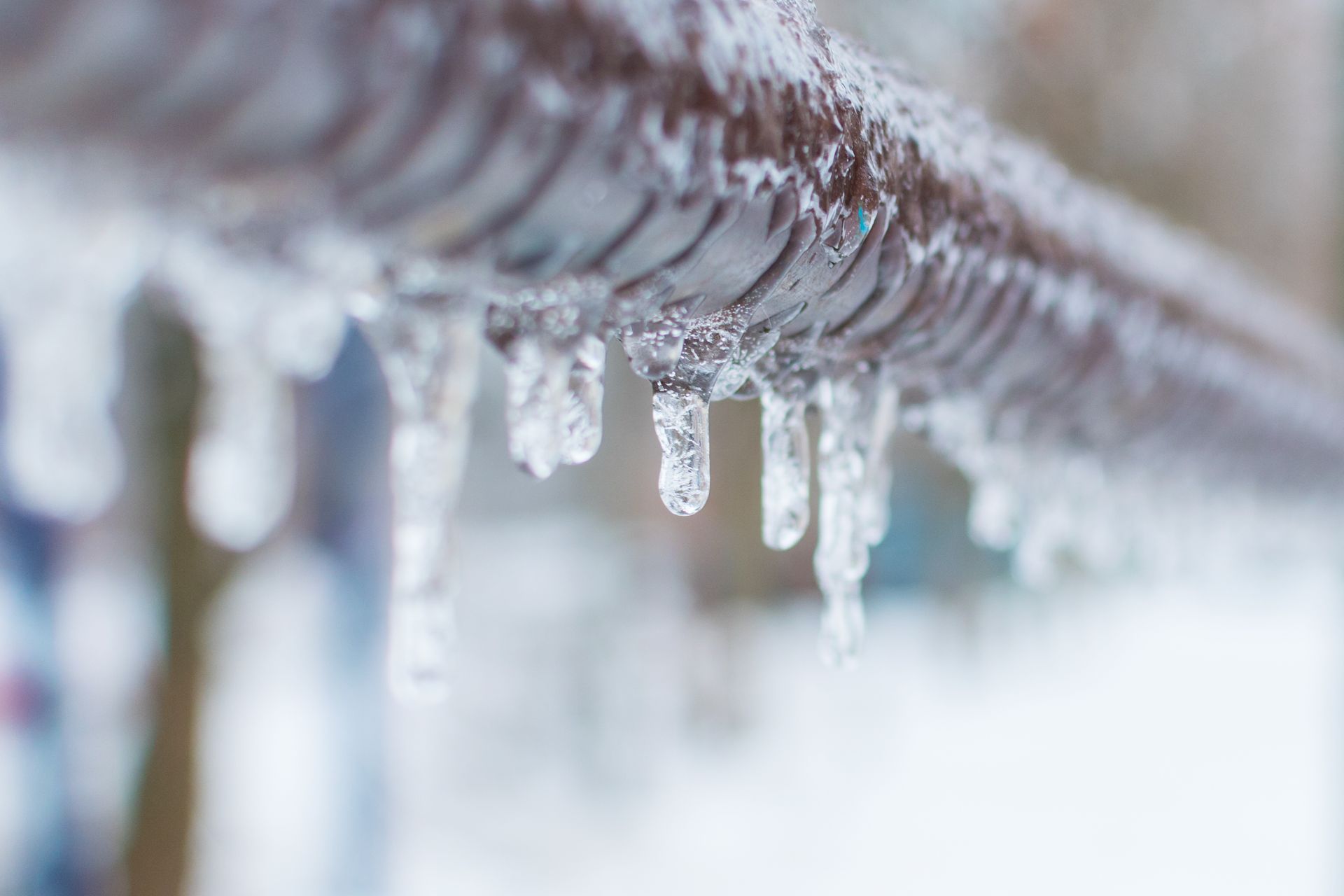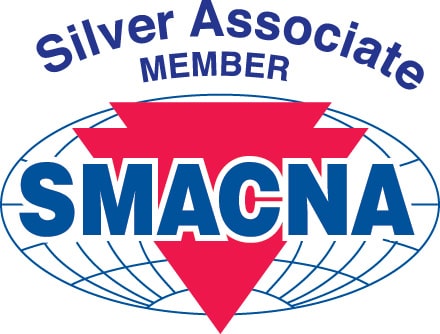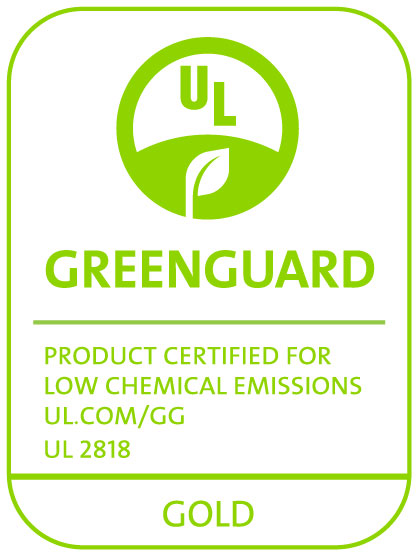With frigid arctic winter blasts on the increase in the United States, property damage caused by frozen pipes runs into the hundreds of millions of dollars. Property owners and property insurance owners are negatively impacted. In December 2022, cities such as Jackson, MS and Chaleston, SC experienced record-low temperatures, pipe bursts, and boil-water advisories.
In general, pipes are subjected to freezing at ambient temperatures of 20°F [- 6.7°C] or below. When standing water freezes in a pipe, it expands and causes the pipe to burst and ultimately leak. Pipe leaks also result in reduced water pressure to water municipalities and districts.
For residential home and commercial building owners, frozen pipes can result in significant damage to interior building components and equipment. The cost of operational downtime in a commercial or industrial environment cannot be overlooked.
A common recommendation by commercial emergency response and restoration companies is to insulate uninsulated piping in unconditioned spaces such as mechanical rooms, wall cavities, and other vulnerable locations subject to freezing.
The question must be asked – can pipe insulation alone prevent fluids in pipes from freezing? It depends. When fluids are actively flowing through piping systems, pipe insulation can reduce the likelihood of frozen pipes but is dependent on the pipe type, flow rate, fluid type, fluid temperature, and the ambient temperature in the pipe’s environment.
When the fluid state in piping systems is inactive or still, pipe insulation only buys time. Consider the following example. If a ½” copper pipe contains 60°F still water, is insulated with ¾” thick closed cell elastomeric pipe insulation, and is located in an unconditioned space at 31°F [- 0.5°C] ambient, the standing water in the pipe will freeze within 2-½ hours.
The National Insulation Association (NIA) offers a free and simple calculator called “Estimate Time To Freezing For Water In An Insulated Pipe Calculator”. Please click here to safely access the calculator.
For building owners, mechanical, and plumbing engineers that cannot risk freezing pipes, heat trace systems are a proven solution to preventing this undesirable outcome.
Heat trace systems, typically composed of electrical tapes & cables, are commonly installed directly on piping systems to increase or maintain the line temperature of pipes and vessels with low or no flow, ultimately in an effort to provide freeze protection.
While AEROFLEX EPDM™ insulation can efficiently reduce heat loss on heat-traced systems, only self-regulating heat trace systems should be specified and installed. A self-regulating heat trace system will prevent system temperatures from exceeding the maximum continuous service temperature of AEROFLEX® insulation at 257°F [125°C].
When installing AEROFLEX® insulation over heat trace tapes or cables on piping, a larger inside diameter (ID) of tube insulation (unslit or self-seal tubes) should be installed to account for the ID of the pipe plus thickness of the heat trace element to prevent unnecessary stress on the pipe insulation’s longitudinal seams.
It is critical to completely seal all longitudinal and adjoining seams with an AEROFLEX® adhesive to prevent heat loss and water vapor ingress under the insulation. Water vapor ingress can be detrimental to the pipe or equipment (corrosion under insulation) and heat trace system. As long as the insulation system is completely sealed, any resulting air gaps between the pipe and insulation will not result in heat loss. Still air actually maintains better thermal conductivity than the insulation itself.
AEROFLEX EPDM™ insulation offers low thermal conductivity for proven thermal efficiency, a closed-cell structure for reliable condensation control, a wide range of ID’s – ¼” to 16” IPS, wall thicknesses – 3/8” to 2” and low permeability @ 0.02 perm-inch for demanding applications.
To learn more, please click here.
Source:
National Insulation Association, Mechanical Insulation Design Guide, Simple Calculators
https://insulation.org/training-tools/designguide/simple-calculators/












